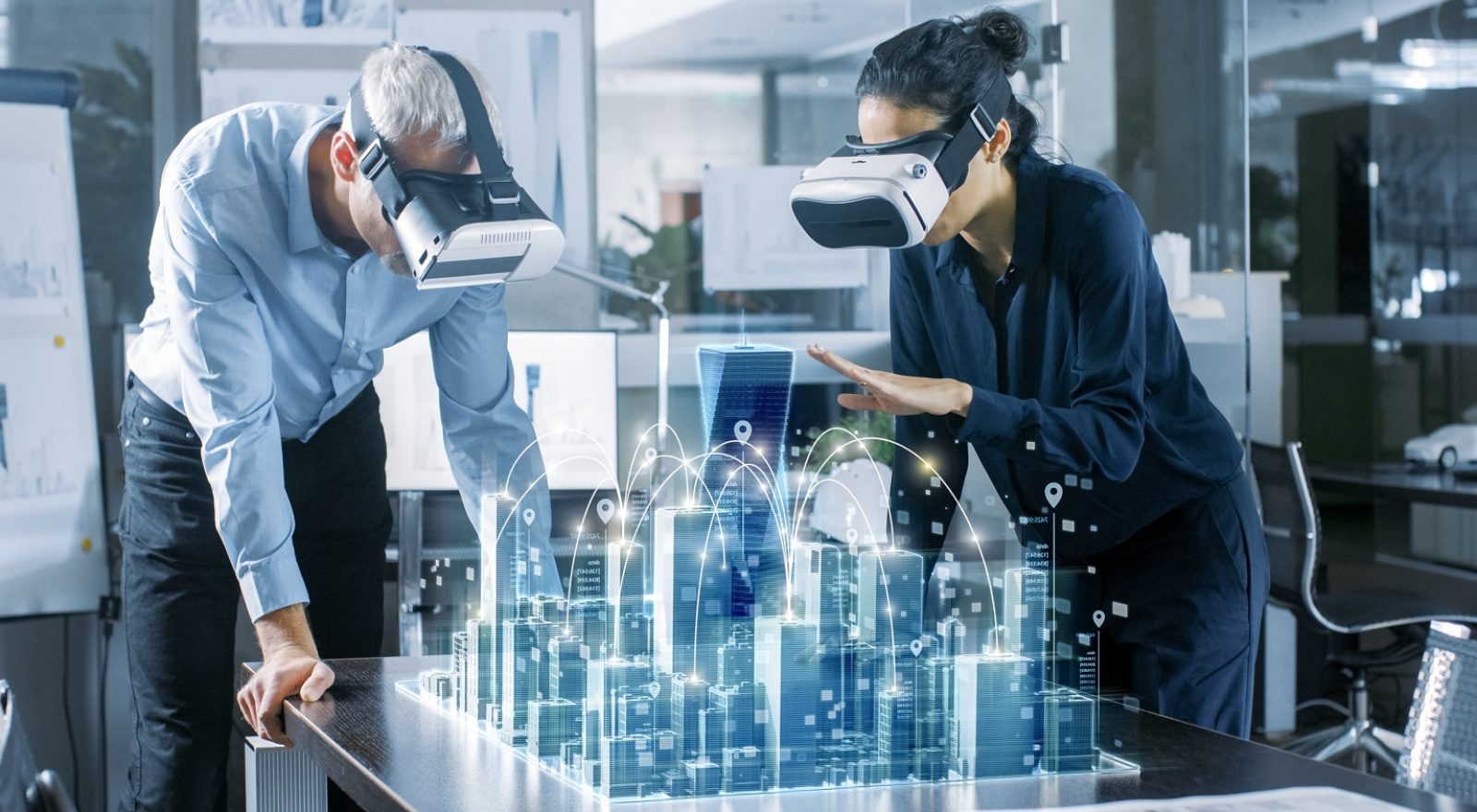strategic technology trends in 2020
The consultancy firm Gartner has identified ten technologies as protagonists of the year that has just begun
It is never easy to make forecasts, especially in a context of very rapid changes such as technology, and for this reason we rely on the findings of a consulting company with over 15 thousand customers worldwide. The results of their analysis is reassuring also for Fondazione Bruno Kessler, which is involved in research and projects that deal with many of these trends.
Hyperautomation
Unlike the more traditional robotic automation, hyper automation refers to a combination of multiple systems such as artificial intelligence, machine learning, decision management, natural language processing (NLP) and much more. It therefore requires a highly advanced combination of tools that replicate the activities in which a human being is typically involved.
Multiexperience
Until 2028, user experience will undergo major changes in the way the digital world is perceived. Conversational platforms are changing the ways of digital interaction. Virtual reality (VR), augmented reality (AR) and mixed reality (MR) are creating new multisensory and multimodal experiences.
Democratization of skills
It will be easier to access technical skills that, until recently, have been the prerogative of IT experts only, from application development to machine learning techniques. Same goes for economic analysis skills or sales processes. This will happen through platforms that will offer facilitation tools that will avoid long training programs and cut down on costs. Up to 2023, Gartner expects that four key aspects of the trend towards democratization will accelerate:
- data and analysis, with tools for data scientists that expand to target the professional developer community;
- development, with artificial intelligence tools to be exploited in custom-developed applications;
- design, expanding low-code and no-code phenomena with the automation of further application development functions to empower citizen-developers;
- knowledge, with non-IT professionals who gain access to expert tools and systems that enable them to exploit and apply specialist skills beyond their own skills and training.
Augmented Humanity
An augmented human is a person who achieves cognitive and physical improvements through technological tools. Physical abilities can be augmented by having technology elements implantated in one’s body or simply by wearing them, while cognitive augmentation can be achieved through access to information, to the use of apps and with emerging multi-experience interfaces. Human physical and cognitive augmentation levels will increase over the next 10 years as individuals seek personal improvement. This will create a new “consumerization” effect in which employees try to leverage their personal improvements – and even extend them – to improve their office environment.
Transparency and traceability
Consumers are increasingly aware that their personal information is valuable and requires protection. Organizations recognize the growing risk of protecting and managing personal data and governments are implementing rigorous legislation to ensure that they do so. Transparency and traceability refer to a series of attitudes, actions and support technologies and practices designed to meet regulatory requirements, preserve an ethical approach to the use of artificial intelligence (and other advanced technologies) and mend the growing lack of trust in companies.
Edge computing
Edge computing is a computer topology in which information processing, content collection and delivery are closest to the sources, repositories and consumers of that information. An example is edge computing applied to surveillance cameras, which instead of sending complete video information, and therefore a stream with a high volume of information and a significant weight to be transported, process the data on the spot and therefore send only what is necessary (temperatures, movements, number of passages of a specific type of vehicle). This significantly reduces information traffic and reduces latency which, combined with the coming of 5G, is bound to go down.
The distributed cloud
The distribution of public cloud services in different locations allows the original public cloud provider to take responsibility for the operation, governance, updates and evolution of the services. This represents a significant transition from the centralized model of most public cloud services and will lead to a new era in cloud computing.
Stand-alone objects
Stand-alone objects are physical devices that use AI to automate functions previously performed by humans. The most recognizable forms of stand-alone objects are robots, drones, vehicles/ships and stand-alone appliances. Their automation goes beyond that provided by rigid programming models and uses artificial intelligence to provide advanced behaviors that interact more naturally with the surrounding environment and with people. As technological capacity improves, regulatory authorizations and social acceptance grow, autonomous things will be increasingly deployed in uncontrolled public spaces.
Blockchain in practice
Blockchain has the potential to reshape industries by allowing trust, providing transparency and allowing the exchange of value between corporate ecosystems, potentially lowering costs, reducing transaction settlement times and improving cash flow. Activities can be traced back to their origin, significantly reducing the opportunity for replacements with counterfeit goods. Tracking resources is also valuable in other areas, such as tracking food through a supply chain to more easily identify the source of contamination or keep track of individual parts. Another blockchain’s potential area is identity management. Smart contracts can be programmed in the blockchain where events can trigger actions: for example, payment can be made on delivery of goods.
AI Security
AI and machine learning will continue to be applied to increase people’s decision making in a wide range of use cases. While this creates great opportunities to enable hyper automation and leverage stand-alone objects to accomplish business transformation, it will create significant new challenges for the security team with a massive increase in potential attack points with IoT, cloud computing, microservices and highly connected systems in intelligent spaces. Security and risk leaders should focus on three key areas: protecting AI-based systems, leveraging AI to improve defense systems, and predicting malicious use of AI by hackers. To fill these security gaps, FBK is working with the University of Trento and CNR in a European project, called QRANGE, which involves the use of quantum systems to improve device defense increasingly at risk of attacks such as IoT.


